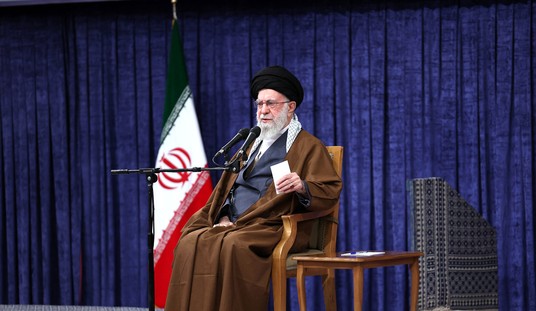Catch so much as a glimpse of an Eddie Adams photograph and you’ll never forget it.
The late photographer snapped some of the most indelible celebrity images of the last twenty-plus years, from a portrait of perennial clown Jerry Lewis, half his face covered in grease paint, to a shot of Clint Eastwood taken from the back that became the poster art for his Oscar-winning movie Unforgiven.
But the image no one could ever shake, not even Adams himself, was the photo of a Saigon police chief shooting a Vietcong guerilla point-blank. The horrible moment would become a symbol that solidified the image of an unpopular war with the American public.
The new documentary An Unlikely Weapon: The Eddie Adams Story recalls the impact that photograph had on both the Vietnam War and Adams himself.
The film — which opened July 3 at the Starz Film Center in Denver and hits Los Angeles, Chicago, and other cities later this summer — recalls Adams’ body of work and the fascinating man behind the camera.
The photographer worked his way up during the 1960s from one small newspaper to the next, but his talent ultimately earned him a gig with the Associated Press. He became one of many wire photographers assigned to cover the escalating war in Vietnam, a job which proved deadly for some of his peers.
Adams earned the soldiers’ trust by sharing the risks they endured, but it was his ability to sense — and capture — a critical moment which epitomized his gifts. Those images could shatter the heart, from wounded warriors on the battlefield to the innocents caught in the crossfire.
While some of the talking heads assembled here, including former broadcast news anchors Peter Jennings and Tom Brokaw, spoke openly about how Adams’ work impacted the anti-war effort, he simply wanted to take the best pictures possible.
It’s fascinating to watch the gaggle of old guard reporters recall Adams and his work. It’s a who’s who of questionable journalistic ethics, including Peter Arnett, whose work inspired a number of controversies, from sloppy coverage of Operation Tailhook to his pro-Iraq comments at the dawn of the Iraq War.
60 Minutes mainstay Morley Safer also salutes Adams here, in between drawing glib parallels between the Iraq war and Vietnam.
And it’s hard to watch CBS’s Bob Schieffer break down Adams’ photographs without recalling how he recently said media bias didn’t matter since there are so many news outlets available today.
Adams, who died in 2004 after a battle with Lou Gehrig’s disease, proved a better journalist than some of his peers. He brought no specific agenda to his work. He hoped his images would help humanity, and the only book he ever contributed to was one aimed at celebrating those who fought for civil rights without guns or violence.
The film follows Adams through 13 wars, but even when he switched gears from war photographer to celebrity shutterbug for hire, the fire for his craft burned just as brightly.
Adams was a giant in his field, but his personality proved less than agreeable. He was cranky, particular, and stubborn, but he inspired fierce devotion in friends and colleagues alike.
Footage of Adams himself describing his work and his approach pepper the documentary, and his casual profanity punctures any mythology which might swirl around him.
Weapon strives to show how that Vietnam photograph haunted Adams for the rest of his life. It certainly became his professional calling card, the one photograph nearly everyone remembered and the one he couldn’t escape.
The reality is Adams’ art haunted him more than any single image. He was never satisfied any time he pointed his camera. He always thought he could improve his craft and felt he didn’t deserve credit for whatever positive impact his photos might have. At one point the photographer helped carry a wounded U.S. soldier off the battlefield, but he later brushed off attempts to award him for the act.
A potentially powerful segment from the film finds Adams revisiting the general who shot the Vietcong guerrilla in his famous photograph. The reunion came years later after the general had moved to the United States and opened up a Virginia-based pizza shop. But the payoff is incomplete. Adams wasn’t the type of person to build up such a reunion, and the film stands on more solid ground when letting his peers describe his work ethic.
An Unlikely Weapon meanders at times, particularly as Adams transitioned from the battleground to Hollywood. But what emerges under director Susan Morgan Cooper’s unsparing eye is a portrait of an artist that’s nearly as rich as the moments Adams captured on film.









Join the conversation as a VIP Member